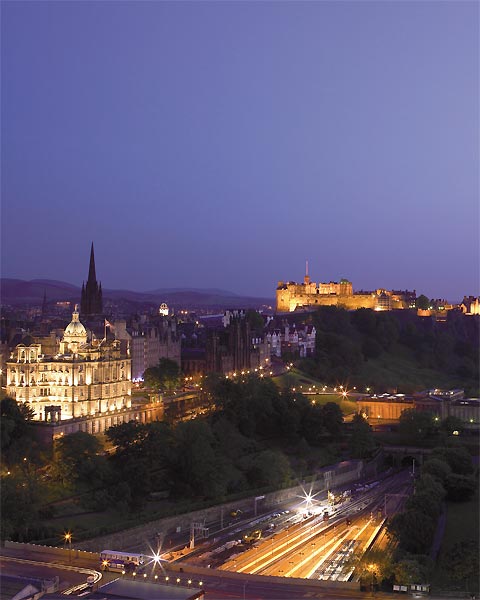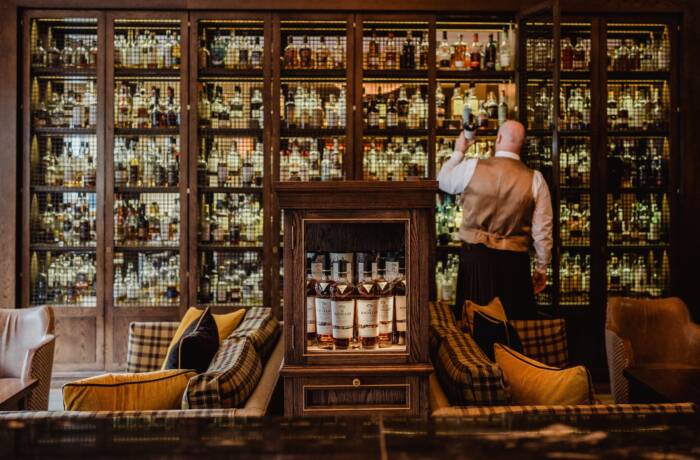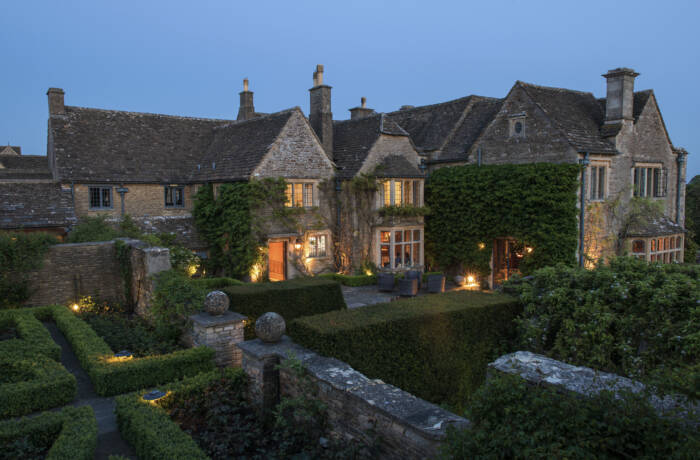Edinburgh is Scotland’s capital, Glasgow is its biggest city. Ahead of this year’s vote on independence, RJ MALONE explores what each has to offer in terms of hospitality and soul
Glasgow, Scotland’s biggest city and Britain’s second city after London (at least, until the Scots decide whether or not they wish to remain part of Britain later this year), is often gifted with slightly backhanded epithets. “Gritty”, “real”, “friendly” and, worst of all, “down-to-earth”, for example, compared with Edinburgh, Scotland’s capital 40 miles down the M8 motorway, which is “beautiful”, “historic” or “traditional”.
I rather like spending time in Glasgow. It doesn’t have the visual drama of Edinburgh’s Castle as viewed from Prince’s Street, or the tourist-postcard dream come true of the Royal Mile. But it does have plenty of striking architecture around its university, West End and central areas, a fizzing cultural program, and some fantastic, and well-priced, restaurants if you like seafood, simply rendered.
To experience the city properly, you either need to stay in a place where you can escape from its very real harshness – no creative cultural program can obliterate the bands of rain sweeping on crystal clear air from the Atlantic, whatever the month – or revel in it.
The first of these is the Hotel du Vin, One Devonshire Gardens. Fans of the boutique town hotel group will be familiar with its cleverly designed, gourmand-friendly, contemporary-cosy properties around the UK; but this is another level altogether. The group’s only effectively five-star outpost (only the vagaries of staircase connections between the grand townhouses that comprise the hotel rob it of an official five-star rating), it is on the edge of the city’s restaurant-and-bar-packed West End. Step inside and you shut the wind, rain and streetscape out, both visually and physically.
It’s all about a series of grand drawing rooms, created with a very contemporary blend of pared-back chic and ornate swank. My bedroom, facing an internal courtyard, was all about swoothing swathes of drape and fabric, and a bedroom that felt like you had been whisked into a 19th-century boudoir (but with no mustiness or dustiness; everything was perfectly up-to-date). The best part of the stay, though, was an evening spent in the bar: this was another ornate drawing room, with sofas and chaises longues and coffee tables, with a bar along one side. The lighting, so often the killer in bars in drawing rooms (there’s usually too much of it and you expect your maiden aunt to drop in for tea and biscuits, not very seductive), was just dark enough. The array of single-malt Scotches would have kept a whiskiphile going for weeks; the wine list was peppered with interesting red Burgundies and new-wave new-world points; I enjoyed some local Scottish craft beer, while picking at a very pleasant board of charcuterie.
Glasgow’s heyday was at the height of the industrial revolution, when it was a port, centre of commerce and ideas, and shipbuilding centre: a sort of 19th century version of contemporary Shanghai. Its more recent reinvention involves some interesting architecture also, and a way to both see and experience it is at another of my favoured hotels in the city, the Crowne Plaza Glasgow. This sits in the middle of a new cultural and conference area, a former industrial zone across the curiously quiet Clyde river (the great shipyards were further downstream, where the waterway is mightier) from the BBC’s new Scottish headquarters, and next to a mini-Sydney Opera House known as the Clyde Auditoriam, designed by awardwinning architect Sir Norman Foster. At night, the area has a kind of Twilight Zone beauty about it, and I enjoyed sitting in the silent efficiency of my corner suite, which had a double outlook, drinking a Schiehallion beer, looking out across the river and over to the outline of the Southern uplands beyond, feeling like we are on the edge of Europe. The bar, downstairs, is pretty lively too, in a very Glasgow way.
Edinburgh has a much more formal way about it, and a far more formal beauty. I prefer the cheerful gruffness of a semicomprehensible Glaswegian taxi driver to the clipped and chipped service of an Edinburgh driver, but that’s personal. And if you are going to see Edinburgh, there is one place to see it from: its grandest hotel, the Balmoral, which sits directly adjacent to Waverley Station, diagonally facing the Castle, and at one end of Prince’s Street. Prince’s Street itself is a shopping boulevard flanked by unremarkable retail in grand stone buildings on one side, but the gardens on the other side, dropping into a dip, and then rising up to the great rock hill on which the Castle is perched, give the impression of being on the edge of the sea, the Castle a fortress rising beyond.
My room had a view of all this, and an enormous amount of space besides, a mark of this grand edifice of a hotel. A small measure of Highland Park 12-year-old whisky with a single cube of ice made from Highland Spring water (why put chlorinated tap water in your whisky, in the form of a melting ice cube?) enhanced the view.
The public areas of the Balmoral are a tourist attraction in themselves; the domed Palm Court a place where locals and tourists congregate for afternoon tea, Ritz-style (be sure to book in advance) and no doubt talk of places where palm trees don’t need central heating in order to grow properly. More my style was the spa, where a chatty therapist gave me a very effective scrub and massage, amid generously proportioned surroundings.












Great article – I want to go to Scotland NOW!!
I’ve visited both Glasgow and Edinburgh on day trips quite recently and I love both cities. So vibrant with life! And I’m a Rennie Mackintosh fan 🙂
A great write up! Such a refreshingly honest post